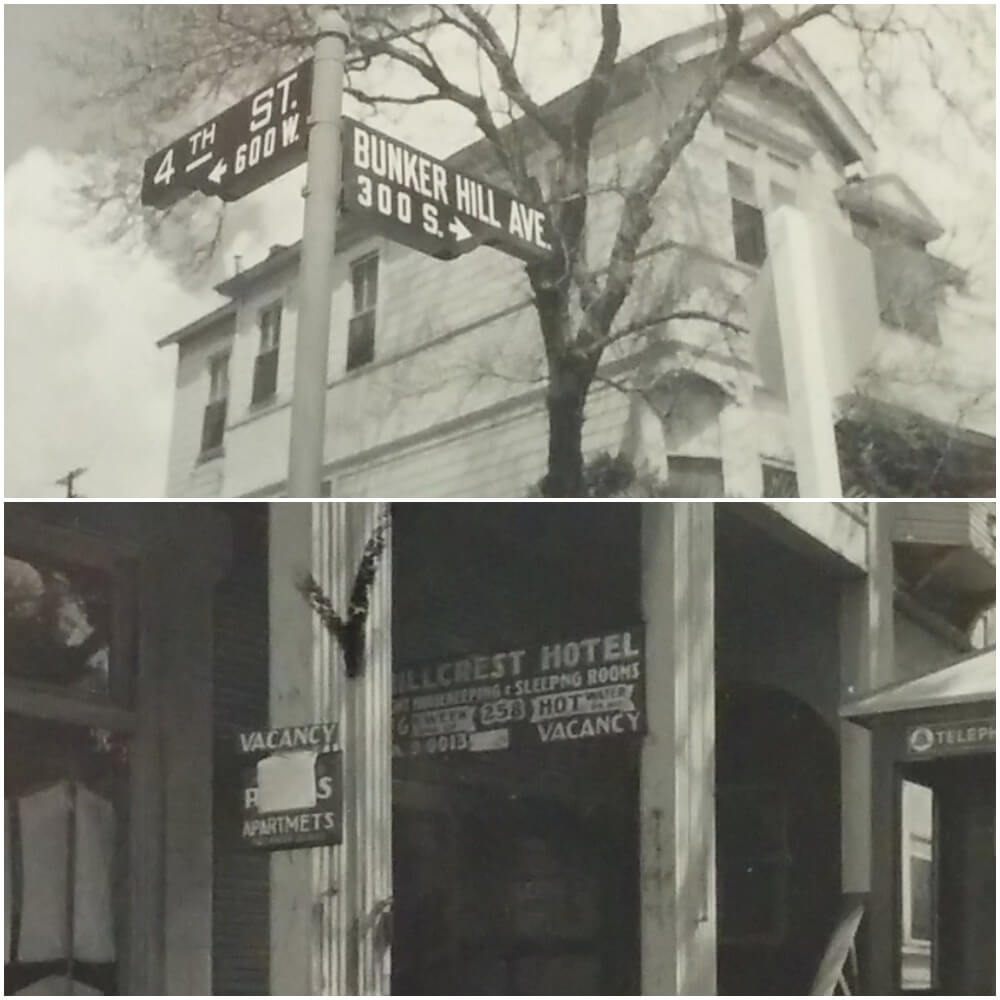The Los Angeles we live in today is an imposter. Whereas many older American cities have managed to keep at least some of their 19th Century character, Los Angeles has not. This imposter stole Los Angeles”™ 19th Century identity. Some of its citizens acquiesced to the theft, some of them even abetted it, a few protested it, but ultimately they all let it happen. The theft didn”™t happen overnight. Instead it happened gradually over time while they were busy with their everyday lives and weren”™t paying attention. It happened in bits and pieces so that as they became familiar with the new parts they forgot what had been there before and didn”™t notice the difference. Eventually they were joined by new citizens who thought it had always been the way it is now. Why was this done? It was all done in the name of being modern and up to date.
The Los Angeles I was born into years ago was far different from the one we live in today. Because much that had been built in the 19th and early 20th Century was still here when I was young, I lived in Victorian Los Angeles, up on Bunker Hill. I counted among my friends people who were young in the later part of the 19th Century. In Victorian times, the city”™s skyline was dominated by the old Los Angeles High School and the old Court House up on Fort Moore and Pound Cake Hills, by the tower of the old City Hall down on Broadway between 2nd and 3rd Streets, by the State Normal School, and by the Bradbury, Crocker, Brunson, and Rose mansions, and the Castle up on the spine of Bunker Hill. I lived in the Castle on South Bunker Hill Avenue, a street lined with other lovely Victorian houses. It was a wonderfully enchanting residential neighborhood with a long history, where all your needs could be met within walking distance or via Angels Flight to greater Downtown.
None of this remains today, and the hills have been dug up, shaved down and carted away, replaced by gleaming towers of steel and glass. But come with us as Nathan Marsak peels away this modern overlay to reveal the old Bunker Hill and the old Los Angeles. We meet at Grand Central Market housed in architect John Parkinson”™s Victorian era Homer Laughlin building. Walk with us on Bunker Hill”™s historic streets and see Angels Flight. Together we will find that old Bunker Hill and old Los Angeles aren”™t really gone. Instead, they float ethereally in memory and in our hearts above Hope and Grand, Olive and Hill.


Hi Gordon, I’m finding the history of Bunker Hill so intriguing. You mention the city’s skyline, and that got me wondering, do you remember if the beautiful Eastern Columbia Building was visible from Bunker Hill when you were living there? Maybe from atop Angel’s Flight or the lookout tower above that? Thanks!